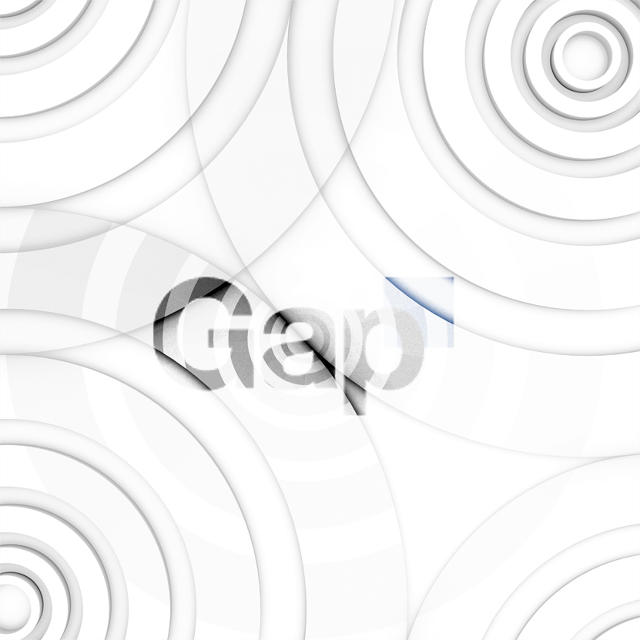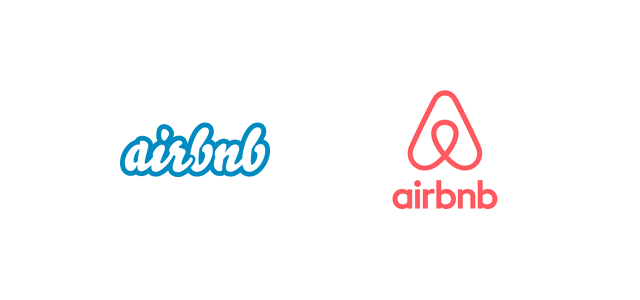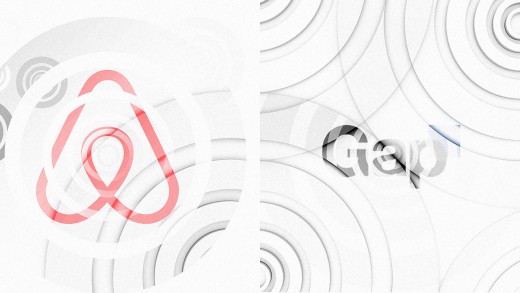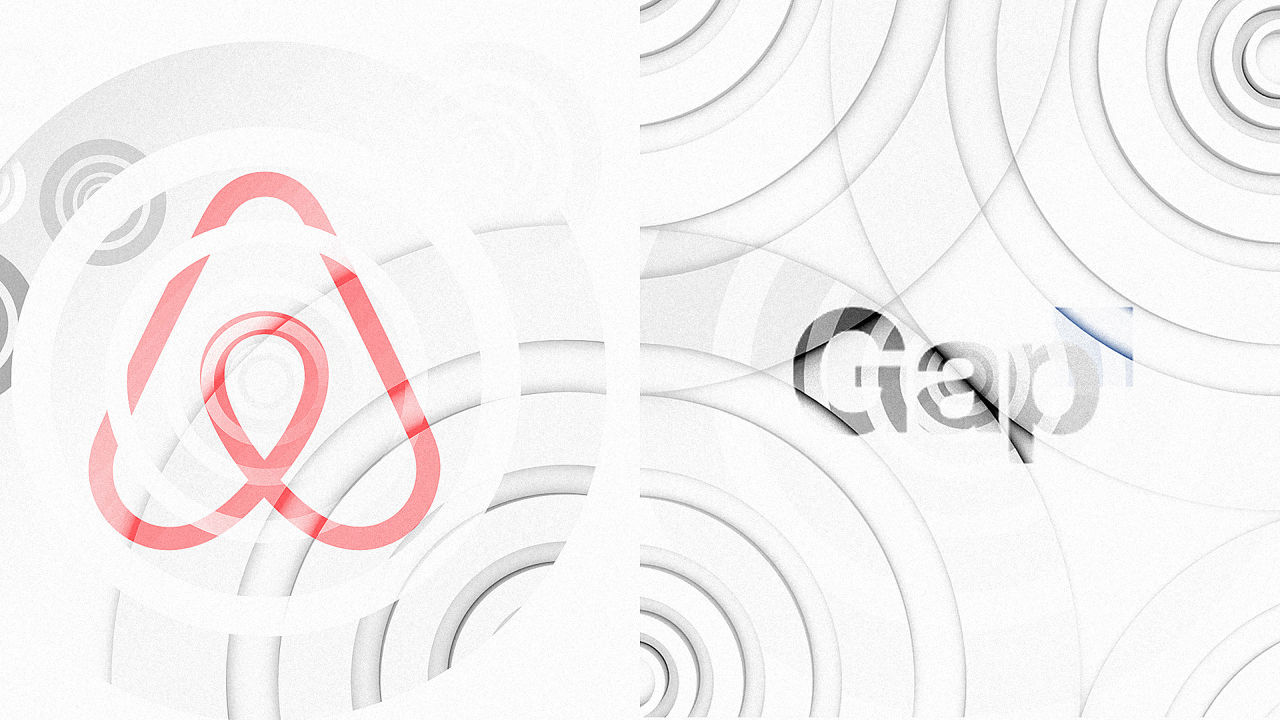The Lesson Of Two Epic emblem Debacles
What happens when a model goes from liked to beleaguered? Siegel+Gale’s Kevin Grady on the substances of resilience.
June 17, 2015
In 2010, hole unveiled a brand new brand for his or her brand. It was nothing particularly shocking: Helvetica paired with a tinted blue sq., referencing the familiar blue sq. used in its traditional brand. but after a hailstorm of public criticism, an embarrassed gap retreated to its former mark.
remaining 12 months, Airbnb unveiled their company’s new logo—formally referred to as a “Bélo”—to a similarly contentious reaction, amid criticism that the mark resembled unmentionable parts of the human anatomy. however not like gap, the company chose to proudly stand via its new logo.

building client loyalty and brand affinity is without doubt one of the final objectives of the business world. then again, when a liked brand shifts gears and unveils something new, all bets are off. What was once first a strategic trade and design decision turns into topic to the court docket of public opinion—and earlier than the new logo has even had an opportunity, the logo frequently decides to revert, without rhyme or purpose. So when does it make sense to back down on a redesigned emblem? And when should a model stay the path?
Branding, for higher or for worse, is now a dialog. gone are the days of the monolithic, immutable model, set in stone for the a long time. as of late, a model is whatever its consumers say it’s, the results of a complex matrix of interpersonal recommendations and connections on social media. on this age of go back and forth advisor and ever-existing internet trolling, customers have never had more to claim, nor any such highly effective platform from which to assert it. This shift is indicative of an evolving relationship between brands and their consumers, one during which manufacturers and customers’ sentiments and demands are inextricably linked.

that is both exciting and concerning: exciting, in that there is nowhere for bad brands and/or products to cover; and concerning, in that there is a potential for the bottom fashionable denominator to dictate what’s going to be triumphant. Design high quality isn’t always a topic of taste, and traditionally, daring, new ideas have incessantly been rejected not only by way of the public, but additionally via mainstream specialists within the container. may or not it’s that the hole and Airbnb emblems were merely in advance of their time?

within the case of the hole brand, Time journal pronounced that a neuromarketing company known as NeuroFocus carried out a study during which brain activity and eye-monitoring ways were applied to a gaggle of volunteers who had been proven each the unique and the new hole emblems. What they found was once that the more moderen logo wasn’t perceived as novel or fashionable, which created a cognitive dissonance with regards to their expectations for a retail style firm. The human brain craves and seeks what’s new, the article said, and the use of a reasonably conventional font felt like a step backwards for the emblem.
this can be a slightly stunning finding in that it flies in the face of the notion that folks rejected the emblem simply because they have been threatened via trade. the opposite appears to be proper. still, hole’s reversion to the outdated mark signaled a distinct lack of conviction and a wavering experience of brand name objective. possibly they may have used the emblem’s quarter-hour of infamy as a platform to do something daring and Warholian. they might have joined the discussion and had some enjoyable with it. instead, they retreated with their tail between their legs.

As for Airbnb, it could be argued that the brand is a long way extra related to its audience than hole at the moment is to its personal. past this week, the new York times stated that gap would shutter one hundred seventy five retail retailers. latest stories on Airbnb estimate that the corporate will bring in $675 million in earnings by way of the end of 2015, a fifty five% jump from 2014.
a powerful feel of neighborhood is vital to Airbnb’s mentioned core values, and Bélo—with its customizability and warmth—is a perfect match, in spite of what the internet critics in the beginning thought of it. Airbnb didn’t need to backtrack because indirectly it was once very much in sync with its audience. To revert to the previous brand was once unnecessary and was once doubtless never significantly entertained.
the problem is less concerning the circumstances in which an organization should again away from a brand new brand and more in regards to the quality of relationship the logo has with its intended audience. It’s a question of self-awareness, authentic authenticity, and relevancy. In these days’s panorama, if a brand isn’t in full synergy with the tastes, sensibilities, and needs of its core clients, it has more to fret about than its logo.
[Circles: mkrol0718 by means of Shutterstock]
(123)














